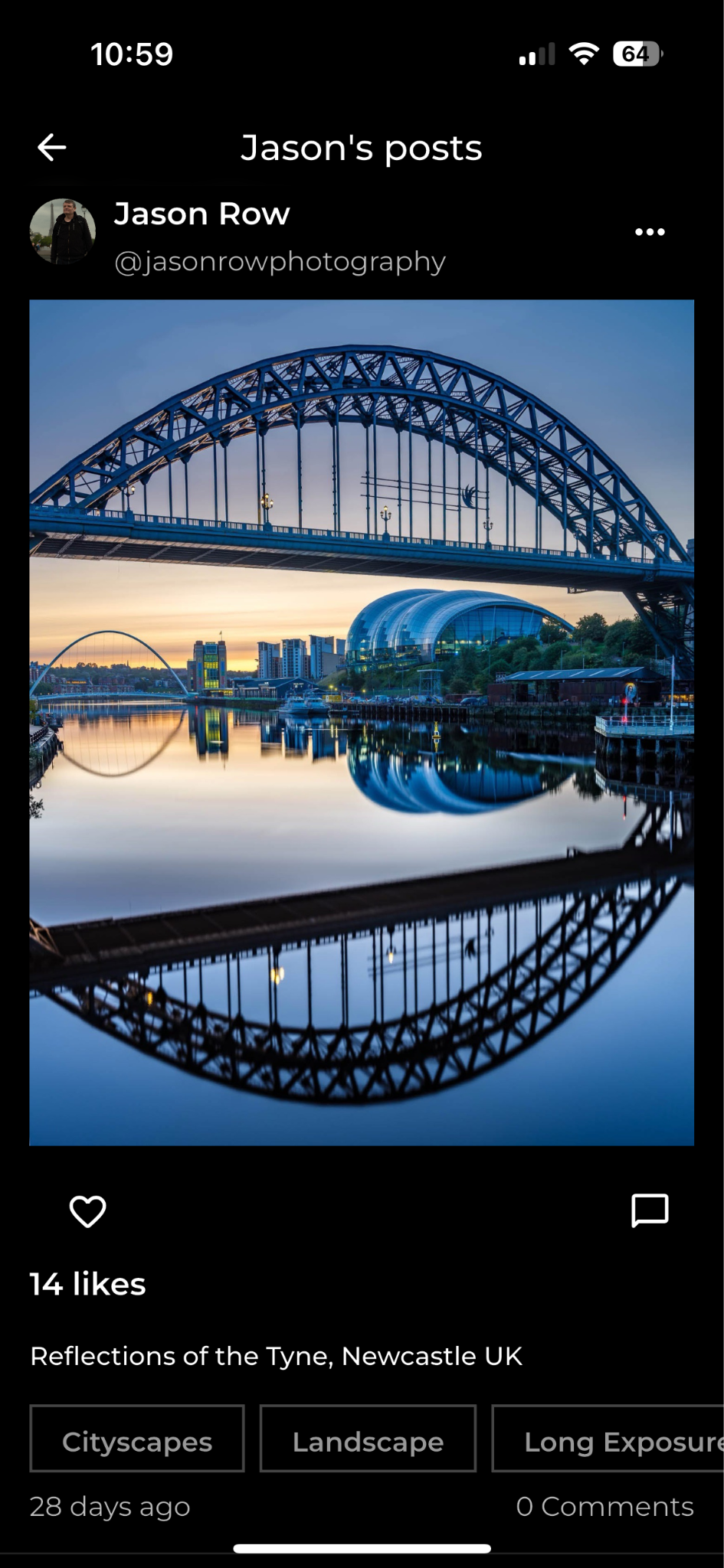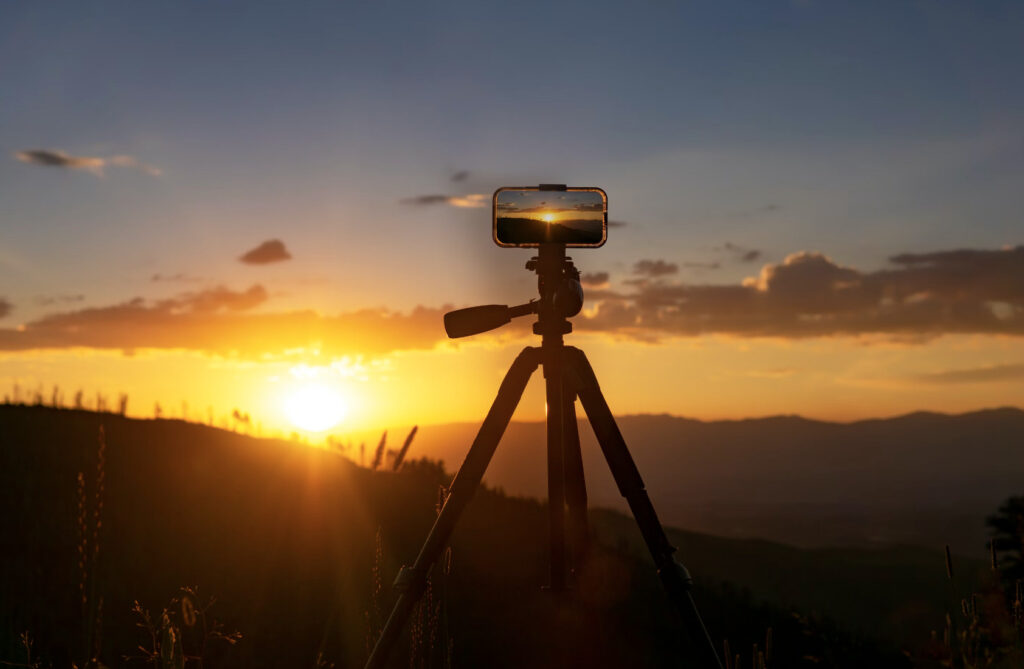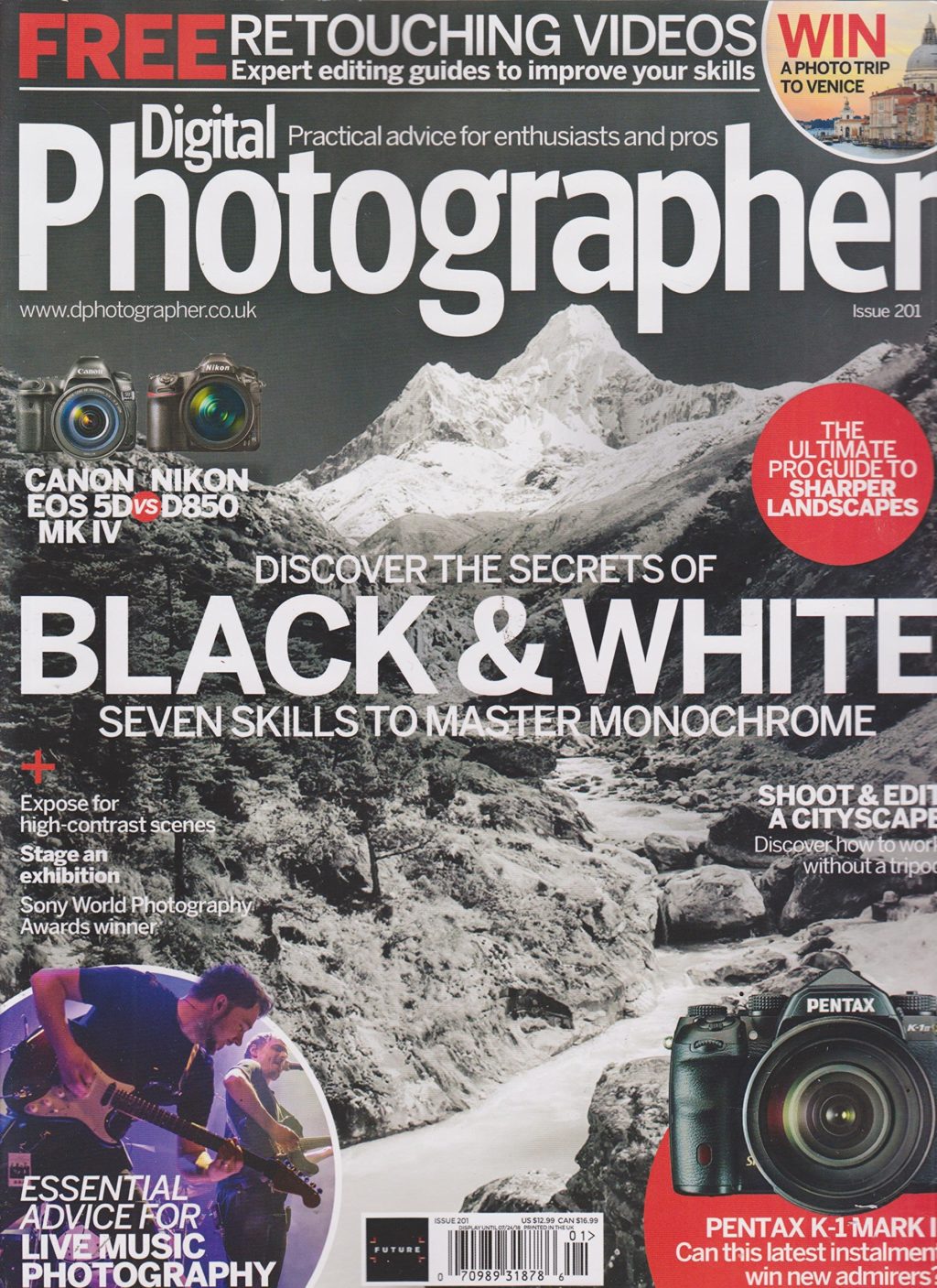As you delve deeper into photography, you're going to come across long-exposure as a skill you might wish to develop. Congratulations! This is one of those photography skills that can really elevate your images and result in a profound, lifelong obsession.
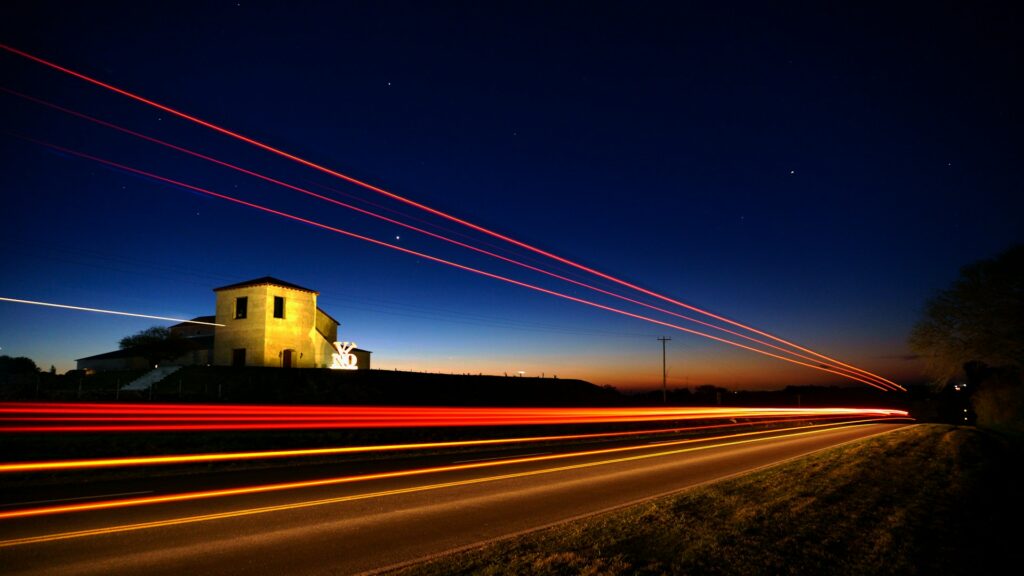
But what are you going to need before you get into that genre of the craft? The truth is, you don't need much to get started, but as you delve deeper and deeper, you might find yourself wanting to purchase more and more specialized equipment.
“To me, photography must suggest, not insist or explain.” – Brassai
Now, we are the last people who will ever encourage you to get into “gear acquisition syndrome,” but we do want to have an honest look at the things you will need as you progress through your long exposure photography journey. So let's jump in.
Key Takeaways
- You will need a way to stabilize your camera (like a tripod)
- Gear nuts love expensive filters, but don't be afraid to try cheap ones too
- A lens-cleaning cloth will be your friend with all those filters
- A remote shutter release will help reduce camera shake
Want a free Long Exposure Blueprint that you can print out and take with you on your next shoot?
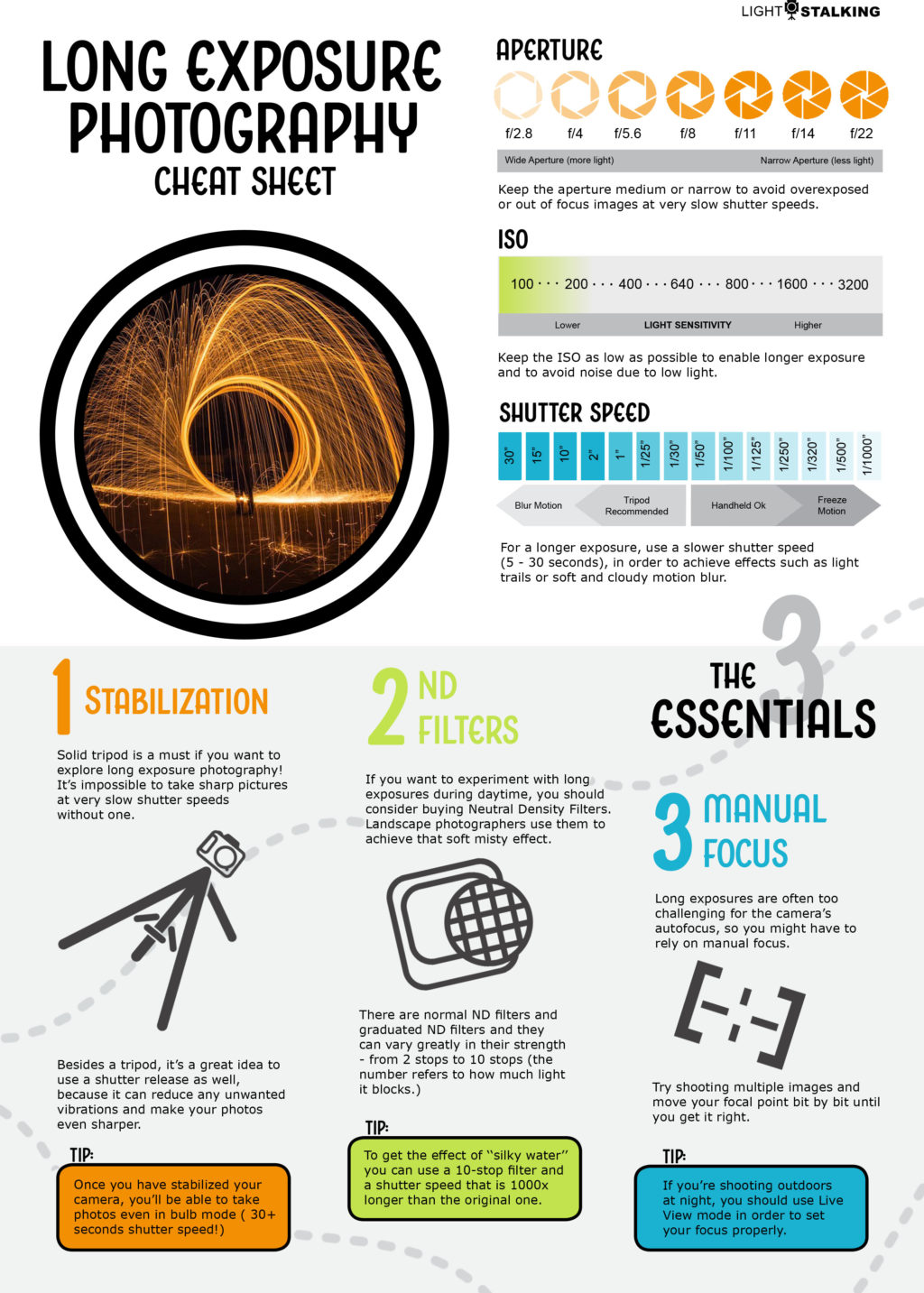
The Basics
The fantastic thing about long-exposure photography is that you probably don't need that much right at the beginning. In fact, all you really need is a low-light environment and the ability to manually set your camera settings.
In these situations, you will want to set your ISO as low as it will go, which is usually around 100, set your aperture to a narrow range somewhere between f/16 and f/22, and try to keep the shutter speed open for longer than you normally would. This is usually in the range of one all the way through to 30 seconds.
Of course, as you can imagine, this can introduce movement, both intentional and unintentional, to your final image. To at least get rid of the unintentional movement, you are going to need some way to stabilize your camera, so let's look at a few of those options.





Stabilizing Your Camera
The most obvious way to stabilize a camera is with a tripod. In very general terms, the bigger and heavier a tripod is, the more stable it will be for your camera, but of course, that comes with the downside of having a cumbersome and heavy object to cart around. We have a useful article here on how to select the right tripod. But know that you are not necessarily stuck with big and heavy options.
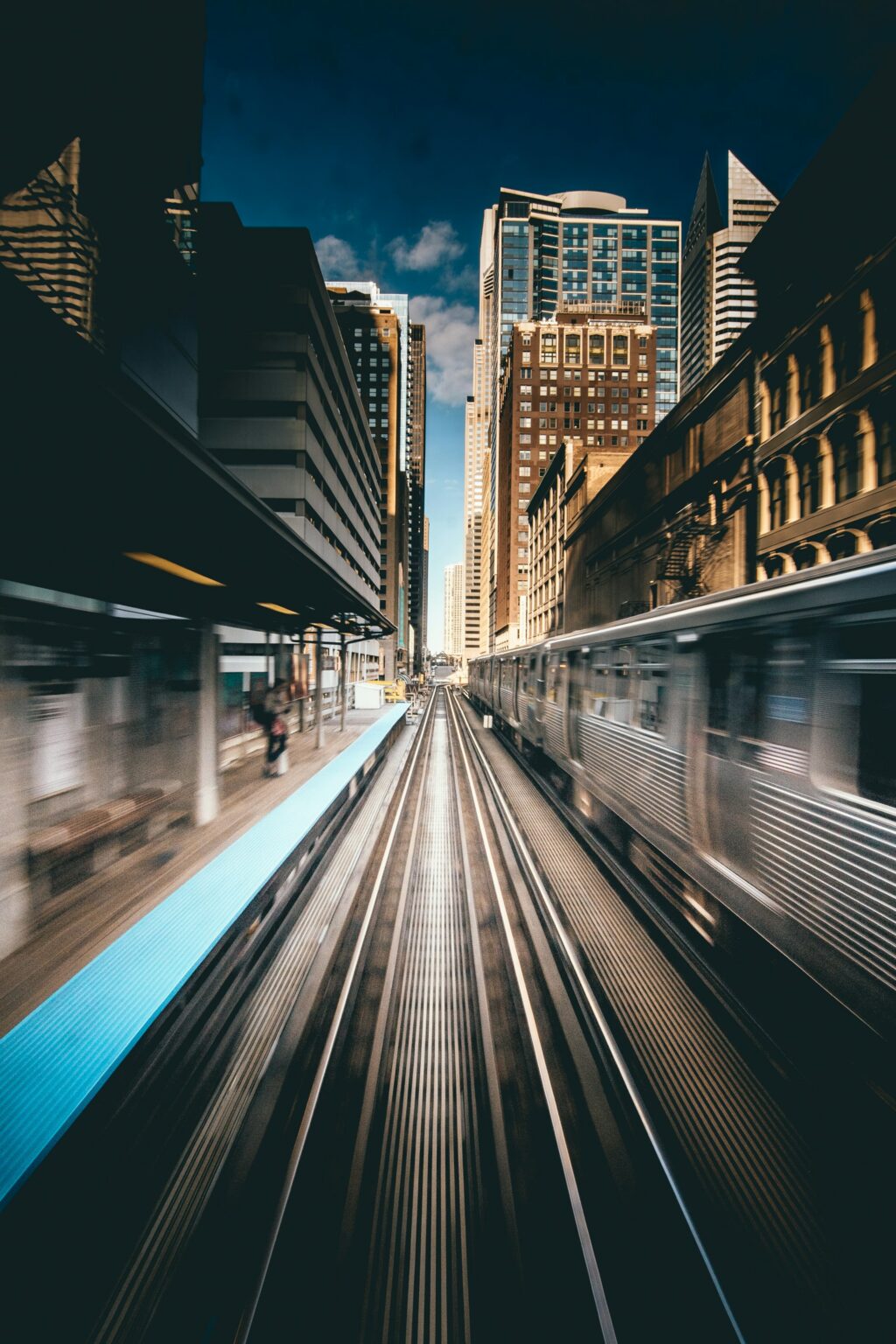
A very overlooked way of stabilizing a camera is simply to sit it down on the ground, preferably on something clean. As well as you can get your composition the way you want it, there is nothing wrong with doing it this way. If you are getting uninentional movement caused by pressing the shutter with your finger, then you might want to use a timed shutter release, which is really useful for long-exposure photography.
Another often overlooked item for stabilizing your camera is a sandbag. Some camera stores even sell ones that are strong and durable. Just place your camera on top of it and set it in a position that allows you to get the composition you are looking for.
Let’s Talk About Filters
One of the more obvious pieces of gear to talk about with regards to long-exposure photography is filters. But before we dive into the various types of filters and their uses, I wanted to make a note about filter quality.
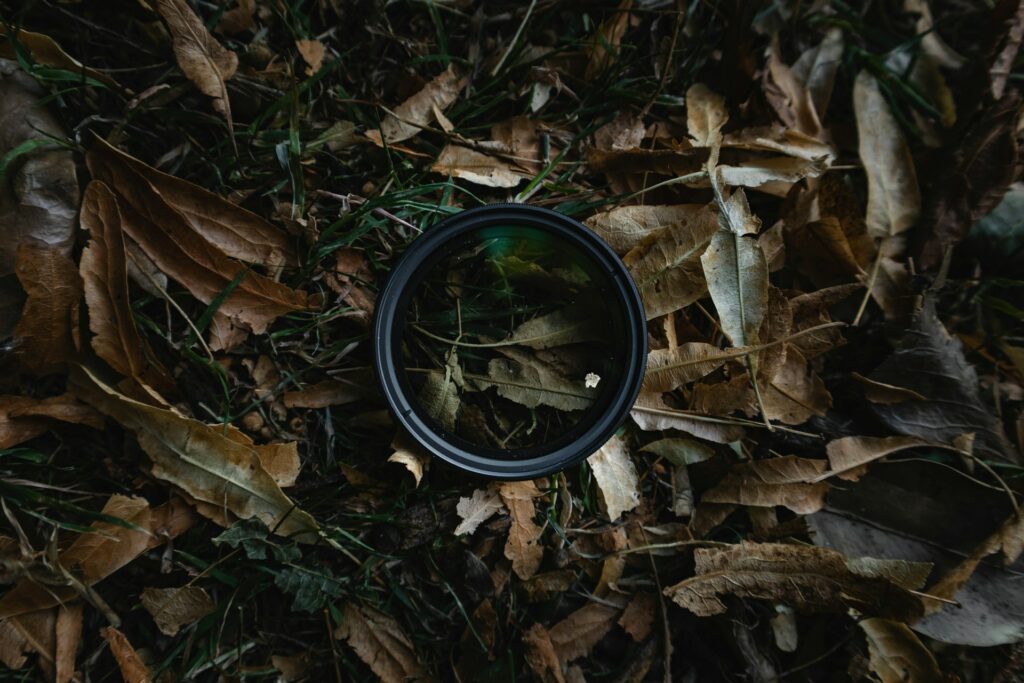
Many longstanding professional photographers, as well as gear nuts, will only use certain types of filters. One of the brands of these excellent filters is Lee, and they are famous and well-regarded among photographers because it is believed that the color cast they produce is entirely neutral. And don't get me wrong, that does have its uses. But for most of us, a truly neutral color cast is not as important as it might be unless you have a specialized reason to have it, such as movie production.
As somebody who owns a very expensive set of Lee filters, my genuine advice would be to save your money until you know you need them. Until this day, my favorite long exposure images taken with filters were taken on extremely cheap filters that I found on eBay for around 5 dollars. Don't get caught up in the hype.
Now, onto the various types of filters that you may need for long-exposure photography.
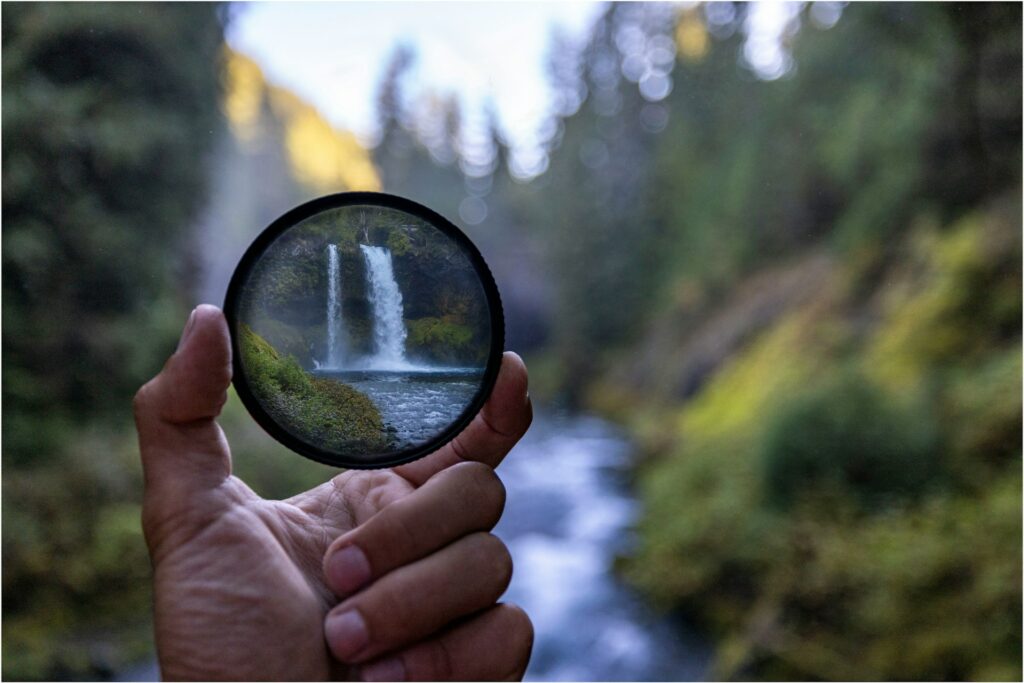
ND filters – These filters, also known as neutral density filters, simply force the light to pass through a darker medium before they hit your lens and sensor. This effectively means that you can leave your shutter open for a bit more time. This has obvious benefits for long exposure photography. ND filters come in various powers, measured in stops of light. Usually, if you buy a set, they will come in one-stop, two-stop, and three-stop increments. How you use them will depend on how long you want to leave your shutter open.
ND Grad Filters – These are also known as neutral density graduated filters. The idea is to reduce the light coming in through a certain section of the frame while allowing the light in the other section. These are often used by landscape photographers who wish to reduce the intensity of light coming from the sky while maintaining the intensity of light coming from the foreground of an image. In this scenario, they are extremely useful and produce very pleasing results. They are also a highly recommended part of any long exposure photographer's gear bag.
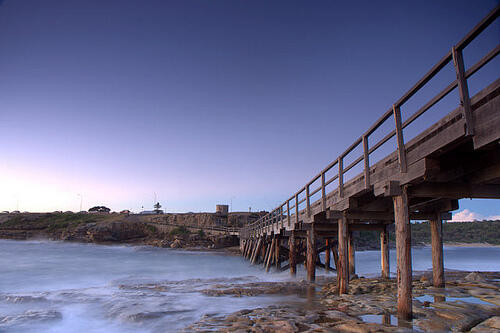
Big Stopper – This is a filter that will stop up to 10 stops of light. This means you can easily do long exposure photography during the daytime. While this isn't strictly necessary, it's certainly a nice thing to have in your bag as you become more serious about long exposures. The most famous Big Stopper is made by Lee, but any filter that can stop 10 stops of light does more or less the same thing.
Lee Filters are widely considered the best quality for long-exposure photography. You can see their selection here.
Other Gear You Will Want to Consider
Lens cleaning cloth – You will soon come to know when you start doing outdoor photography, especially if that photography is anywhere near the ocean or big bodies of water, that your lenses and filters will become quite filthy. You really will need to start carrying lens cleaning cloths made of microfiber so that you can keep them cleaned well without damaging your filters. Extra points if you carry some lens cleaning fluid.
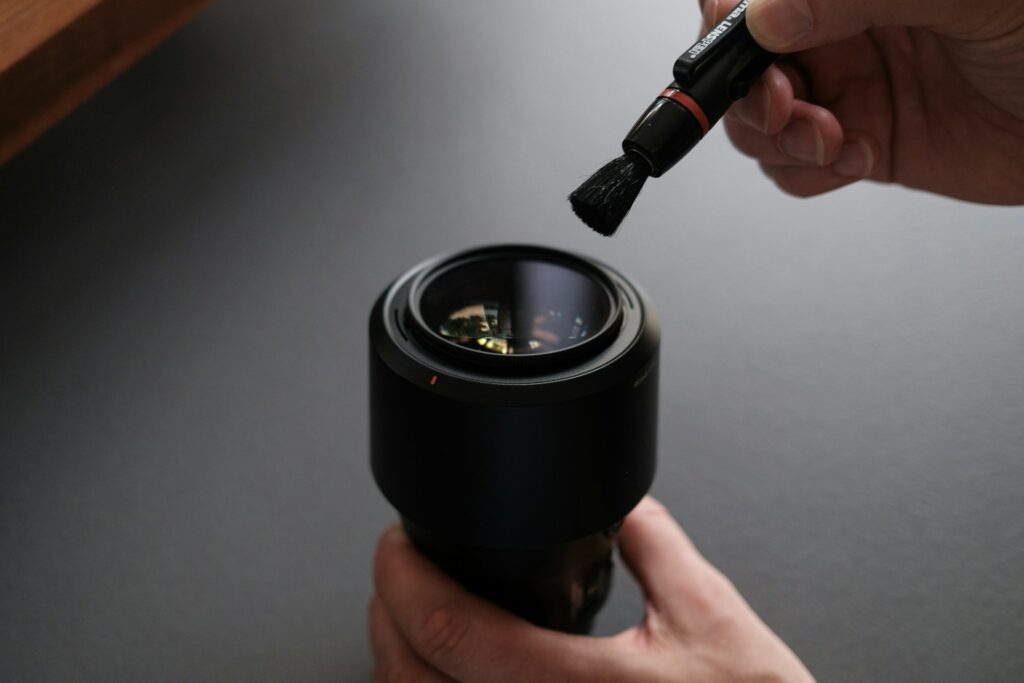
Remote shutter release – As you tumble down the rabbit hole of long exposure photography, you are almost certainly going to become obsessed with taking the sharpest possible shots for your situation. Many cameras have a timed exposure release built-in, which is very useful. But you may also find yourself wanting a remote shutter release or intervalometer, and it is well worth the investment. There is no need to go with a particularly expensive one for this particular piece of gear, so get what you can afford.
Let's Talk About Lenses
Let's start out by saying that you don't need any specific type of lens for long exposure photography. The only real complication to this comes with the fact that there is an overriding assumption among gear makers that ND filters are primarily used by landscape photographers. That means that there is a bias towards wide-angle lenses. When you are buying filter holders, make sure that they are suitable for the lens you own.
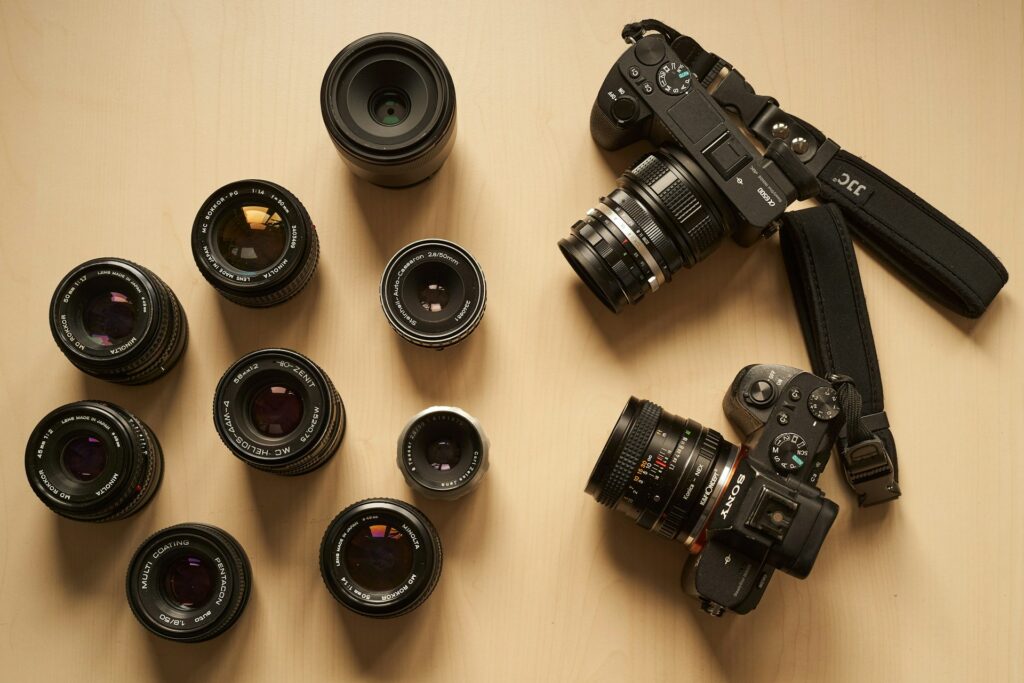
Apps You Might Like
The Photographer's Ephemeris is an extremely popular app used by many long-exposure landscape photographers, and I will certainly vouch for its thoroughness and usefulness when shooting certain types of images in the long-exposure genre. But here's the truth: I usually just show up somewhere around golden hour and see what presents itself as a shot. It really depends on your personal style. Some people like to be really organized and plan things days, weeks, and months ahead of time, and other people, like me, have a more laissez-faire attitude towards shooting. This is really up to you entirely.
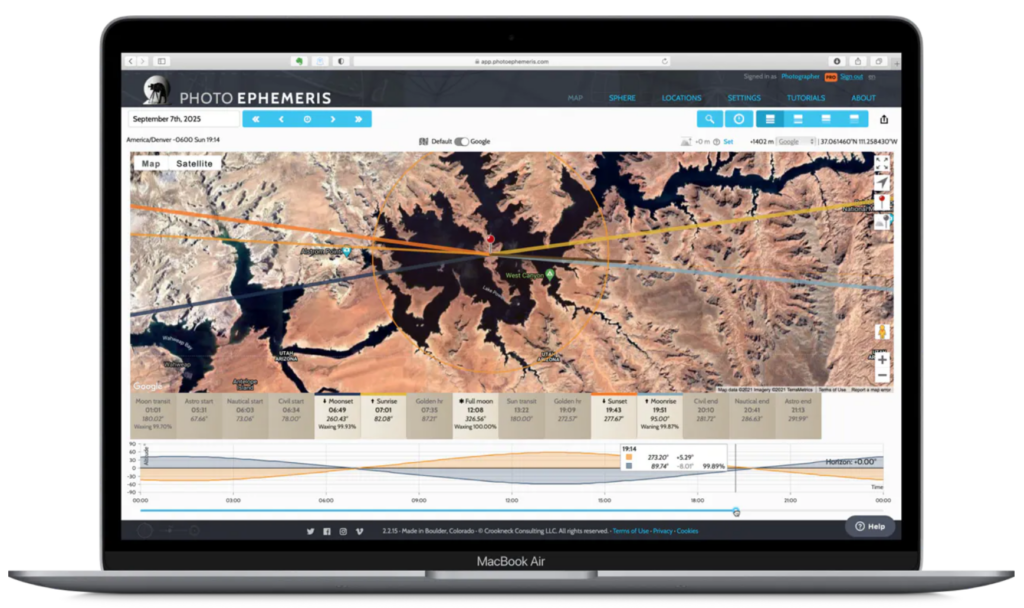
That being said, you should absolutely take a look at our review of The Photographer's Ephemeris and add it to your app collection if you think it would be useful for you. I have nothing but good things to say about the app, even though I'm not a heavy user.
Don’t Neglect Your Camera Phone
Probably one of the most overlooked tools of the long exposure photographer is the humble camera phone that's probably in your pocket right now. Most camera phones have some type of long exposure function that is worth exploring.
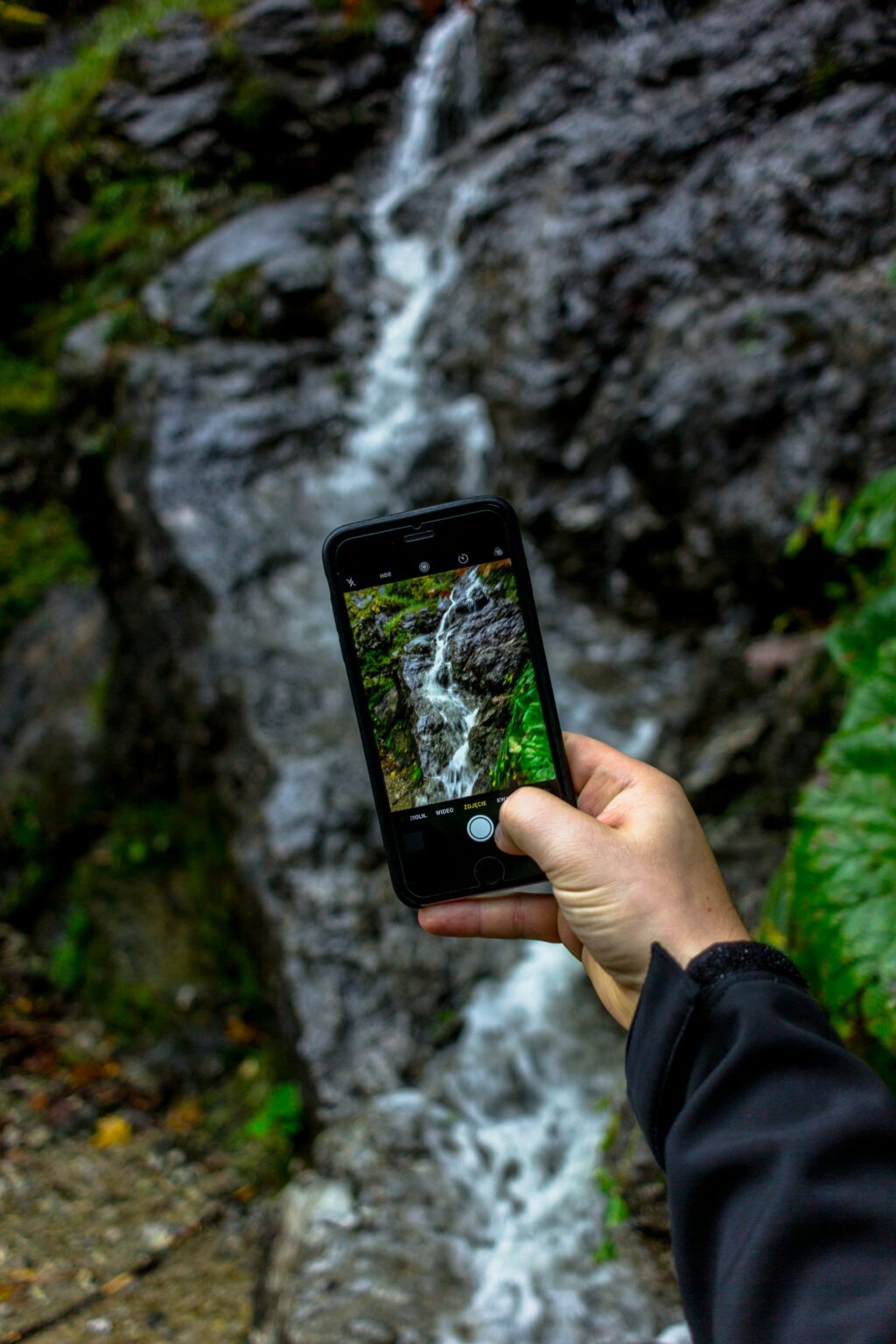
On my humble iPhone 11, if I shoot an image in Live Mode, I am able to turn it into a long exposure in post-production on the camera app. Most phones have a similar function somewhere, so look for it on yours.
The thing about this is that you can get some reasonable results using this technique. It doesn't match the quality output of the other gear mentioned above, but it's worth playing with.
At the very least, you can use your camera phone to get long exposure shots that will give you solid ideas for when you have your full gear set with you.
Final Thoughts
As with any part of photography, you really can buy almost any piece of gear that you can conceive. Long-exposure photography is no different. The thing is, this gets both cumbersome and expensive. And frankly, it's quite unnecessary. The start of your long exposure photography journey should really be undertaken with a minimum of gear. The main pieces of gear mentioned in this article are step two of that process, and by the time you have these pieces of gear, you'll know what else you want to explore according to your own tests.
Good luck with it, happy shooting and don't forget to download your free long exposure Blueprint.



